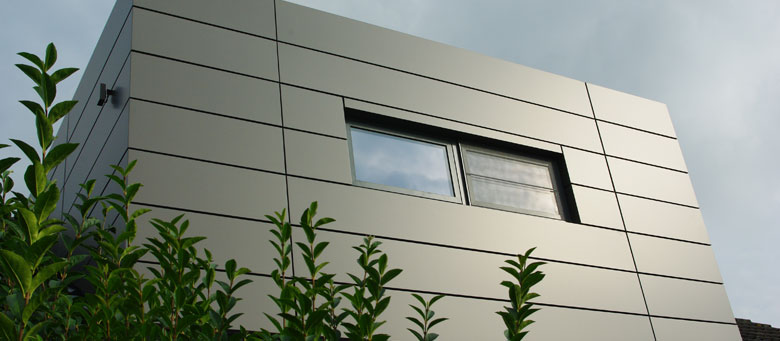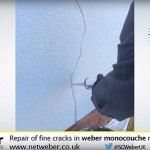The Mayor of London, Sadiq Khan, has today called on the Government to grant him additional powers so that he can effectively tackle non-road pollution sources in the capital.
Only half of the capital’s air pollution is caused by on-road vehicles and Sadiq believes London needs more powers so that it can combat pollution from the River Thames, emissions from machinery used on construction sites and pollution from the domestic burning of solid fuels.
Since becoming Mayor, Sadiq has more than doubled investment in tackling air quality to £875 million over the next five years. He has also introduced the boldest plans to tackle air pollution in the world, including a £10 Toxicity-Charge (T-Charge) which will start in October this year, the introduction of the world’s first Ultra Low Emission Zone (ULEZ) in 2019 (subject to consultation), and the cleaning up of London’s public transport fleets such as buses and taxis so that they lead the way in ultra-low emission technology.
Sadiq has now written to Michael Gove, the Secretary of State for Environment, Food and Rural Affairs, setting out the additional powers that he believes are required.
The Mayor of London, Sadiq Khan, said “Non-transport sources contribute half of the deadly emissions in London so we need a hard-hitting plan of action to combat them similar to moves I am taking to reduce pollution from road vehicles.
“With more than 400 schools located in areas exceeding legal pollution levels, and such significant health impacts on our most vulnerable communities, we cannot wait any longer and I am calling on Government to provide the capital with the necessary powers to effectively tackle harmful emissions from a variety of sources.”
The Mayor is requesting new powers in the following areas:
Non-Road Mobile Machinery
Non-Road Mobile Machinery (NRMM) such as diggers and bulldozers are currently the second largest source of ultra-fine particulate matter (PM2.5) emissions in London and the fifth largest source of oxides of Nitrogen (NOx). This is likely to grow as traffic related emissions decline and as construction increases across London.
Sadiq wants greater powers for the capital to enforce the standards of the Non-Road Mobile Machinery Low Emission Zone (NRMM LEZ) – a scheme that uses the Mayors planning powers to impose minimum emissions standards for machinery used on construction sites.
Sadiq does not believe this scheme is as rigorously applied by the boroughs as it could be, especially where they already have stretched resources.
He has already invested £400,000 so that local authorities can better enforce the zone. However, he is keen to ensure that boroughs, or GLA bodies have greater ability to apply the standards.
He also thinks it should be possible for the rules of the NRMM LEZ to be applied across the board to existing planning permissions and to other users of NRMM as the current regulations mean that more than 1,000 sites are not registered and activities such as roadworks and events are not covered at all.
Sadiq also wants either himself, or another appropriate authority, to have the power to set minimum emission and technical standards for all NRMM used in London. This could be done by amending the GLA Act so that the Mayor can use his powers to regulate NRMM in the same way as he can for road vehicles.
In order to support these powers, Sadiq wants the creation and maintenance of a DVLA-style national database for NRMM.
River and canal emissions
There are currently at least five different regulators that play a role in policing emissions. In addition, current emission regulations only apply to new vessels.
With ambitious plans in the growth of traffic on waterways, unless sufficient controls are introduced, the number of people exposed to this source of pollution will only grow.
Sadiq wants to see the regulations simplified so that there is a single regulator with the ability to charge and enforce and a single emissions control framework. The body would also be able to set minimum emission and other technical standards for specific classes or types of vessels. It would also provide clarity for local, national and international shipping accessing the Thames and canals.
In the meantime, Sadiq is leading by example with the vessels that are owned or run by Transport for London (TfL). The new Woolwich Ferries that will be entering in to service next year will be some of the cleanest vessels working on the river. TfL will also shortly be retro-fitting a Thames Clipper boat with emissions-reduction technology. If successful, this could provide an important example of how existing boats can reduce their pollution.
The Mayor currently does not have any formal powers to control emissions from vessels on the River Thames or the canal network but has recently set up a Thames and London Waterways Forum, which will bring together the regulators and other stakeholders to ensure that growth in the use of London’s waterways is co-ordinated and sustainable.
Wood and solid fuel burning
Current controls on emissions from domestic burning of solid fuels like wood and coal are obsolete, with the definitions barely revised from the original Clean Air Act of 1956. For example, terms like ‘dark smoke’ and ‘smokeless’ don’t reflect a modern understanding of pollution – which can be invisible.
The Mayor’s recently published Environment Strategy set out his ambition to reduce emissions from this source, but without reform of the existing Clean Air Act this is likely to be limited in impact.
The Mayor wants the Clean Air Act to be amended to allow for the creation of zones where the burning of solid fuel is not allowed. These would complement his existing plans to create transport zero emission zones in small areas from 2025 onwards. In addition, the Clean Air Act should be reformed, so the Mayor can set tighter emission limits for new domestic heating appliances like wood burning stoves for pollutants such as PM10 and PM2.5 that are invisible and are known to have a detrimental effect on health.
To ensure these new zones are effectively implemented, local authorities should be given enhanced powers to ensure compliance, including the ability to inspect and enforce, such as by issuing penalty charge notices. Similar powers could also be used to address emissions from larger and commercial premises.
The Stove Industry Alliance and Woodsure, the UK’s woodfuel accreditation scheme, have recently launched their voluntary “ecodesign ready” and “Ready to Burn” labels for stoves and fuels to help consumers make the right choice in London and other smoke control areas. The Mayor believes that more should be done to empower consumers to make the right choice, including better information at the point of sale and mandatory labelling of products that are legal to use in smoke control areas.















Leave a Reply
Want to join the discussion?Feel free to contribute!